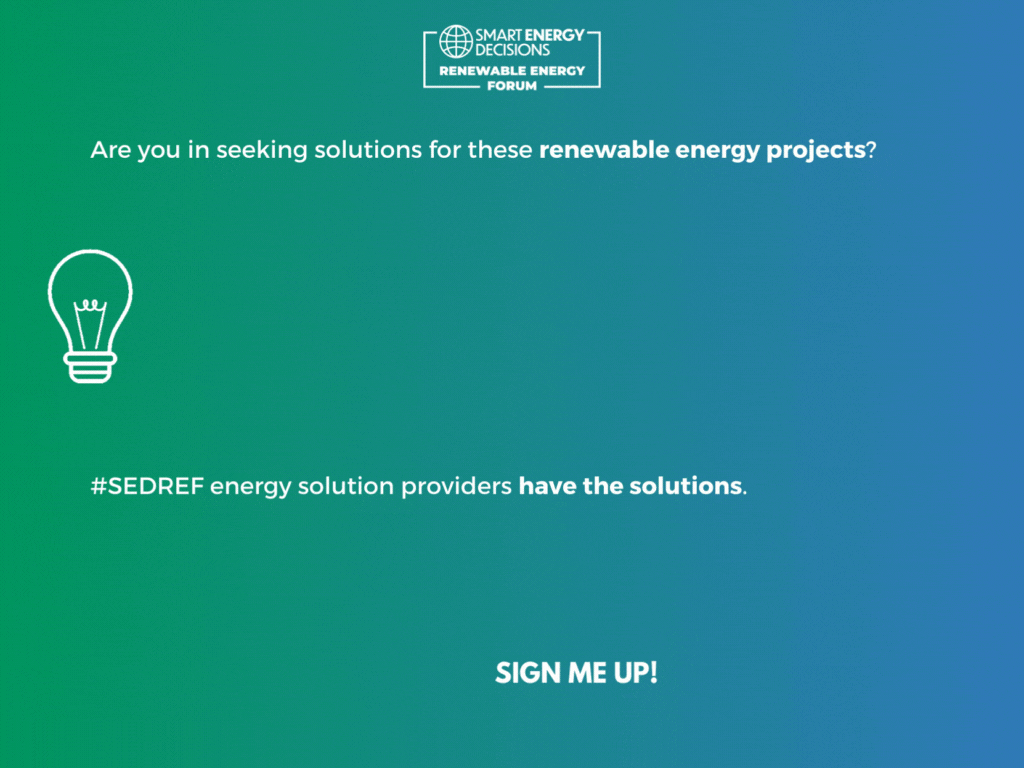Sourcing Renewables - August 16, 2021 - By Caitlin Marquis, Advanced Energy Economy
Charting a Path for Voluntary Renewable Energy Buyers as States Set 100% Clean Energy Targets
Voluntary renewable energy buyers ranging from large companies to universities to municipalities have unquestionably accelerated the transition to a cleaner grid. Large commercial and industrial (C&I) customers alone are responsible for over 35 GW of new renewable energy contracts since 2014, according to the REBA Deal Tracker. While some states have yet to adopt a renewable portfolio standard (RPS), many companies have committed to get to 100% renewable energy within the next 10 years. But as some states—and potentially the federal government—set increasingly ambitious clean energy and decarbonization goals, it begs the question: What is the role of the voluntary market moving forward? Specifically, if states are headed toward 100% clean energy, does that mean voluntary action is no longer needed?
In a word, no. As states set their own course to a decarbonized grid, the voluntary market can continue to play the role it always has, serving as a catalyst and accelerant, enabling the transition to happen faster and at lower cost. Some states have already laid the groundwork for how this can be done.
When considering how the voluntary market and compliance targets can complement each other, it’s important to understand why and how conflict between them can arise. There are three potential concerns that may crop up if compliance targets fail to take the voluntary market into account: double counting, loss of additionality, and double payment.
Double counting happens when the renewable energy purchases made by voluntary buyers are also counted toward meeting compliance targets. For example, if a compliance target does not require retirement of renewable energy certificates (RECs) and instead relies on emission reductions or in-state renewable generation, any RECs purchased and retired by voluntary buyers in that state may be counted once to meet the buyer’s voluntary clean energy or decarbonization target and again to meet the compliance target. For a generation-based target, the solution to this conflict is to simply ensure that RPS compliance is based on REC retirement; since RECs can only be retired once, there should be no double counting between the voluntary and compliance market. For an emission-based target, a voluntary set-aside can be used to avoid double-counting emission reductions from voluntary renewable energy procurement.
Loss of additionality happens when compliance targets are stepped down in response to voluntary market activity. New York offers a clear example of this issue: the state has set an overall target of 70% clean energy by 2030, and that can be met by either utility action or voluntary buyers. If voluntary buyers procure renewable energy equivalent to 10% of the state’s total electricity use, utilities must make up the remaining 60%; if voluntary buyers purchase and retire RECs equivalent to 20% of total electricity use, the utility obligation drops to 50%. In this case, voluntary market activity serves only to offset the utility obligation, and does nothing to accelerate clean energy deployment. The solution to this conflict is ensuring that voluntary purchases are not added to the numerator of an RPS target without also adjusting the denominator.
Double payment happens when a compliance target ignores the voluntary market altogether. This can happen especially in states with vertically integrated utilities where the buyer remains a customer of a utility facing a compliance target. Many customers of these utilities have taken action through virtual power purchase agreements and other arrangements outside of their relationship with their utility. When the customer takes action (and pays) to meet its own renewable energy goals, and then pays for the price of compliance on top of that through its utility bills, the customer is effectively punished for its support of renewable energy deployment. The solution to this conflict is the same as above: ensuring that voluntary buyers are taken out of both the numerator and denominator of the RPS target. In conjunction with this fix, buyers meeting and exceeding the RPS on a voluntary basis should not be assigned RPS fees or riders because these customers are not causing the utility to incur any RPS compliance costs.
These issues came to a head last year in Virginia, as the legislature was passing the Virginia Clean Economy Act, which sets the Commonwealth on a path to a decarbonized grid by 2045. Given the scale of voluntary renewable energy procurement to date in Virginia and the ambitious 100% renewable energy targets many Virginia-based companies are seeking to meet well in advance of 2045, it was important to ensure that past activity wouldn’t be held against companies and to ensure that such activity could continue as compliance requirements went into effect. An “Accelerated Renewable Energy Buyer” (ARB) provision accomplished that goal, and also gives other states a blueprint to follow.
Under the ARB provision, voluntary buyers that stay ahead of the RPS mandate through their own purchases are eliminated from both the requirements and the cost of the RPS based on the number of eligible RECs they retire each year. The utility’s RPS obligation—both the denominator and the numerator—is stepped down based on the number of RECs that ARB customers retire. Because there is no cost to the utility associated with RPS compliance for those customers, ARB customers are not assigned RPS costs. The customers, in turn, must verify REC retirements. This approach avoids double counting, maintains additionality, and avoids double payment, allowing voluntary buyers to continue to accelerate the clean energy transition and setting the Commonwealth on a path to achieve 100% clean energy in advance of the compliance deadline.
Other states will face a similar need to resolve potential conflicts between voluntary and compliance renewable energy targets if they want to continue to reap the benefits of voluntary procurement. For example, as legislators in Illinois debate an omnibus energy bill, they should be considering how they will preserve a voluntary market that is responsible for driving approximately one-third of the roughly 5 GW of wind and solar in the state. An ARB provision like the one in place in Virginia would allow Illinois—and other similarly situated states—to step up ambition on clean energy without trampling the voluntary market. Doing so will not only benefit voluntary buyers, but all customers, by accelerating the transition to a decarbonized grid and allowing large customers to take on some of the cost and risk associated with that transition.
 Caitlin Marquis serves as a technical and strategic expert across multiple initiatives at AEE (Advanced Energy Economy). She leads the regulatory and legislative engagement of the Advanced Energy Buyers Group, a coalition of leading companies that are working to expand their use of advanced energy. Caitlin also supports AEE’s engagement on wholesale markets, with a particular focus on ISO-New England, as well as AEE’s efforts on federal carbon regulation and policy. Before joining AEE, Caitlin worked at Altenex, LLC (now Edison Energy), helping companies with renewable energy procurement.
Caitlin Marquis serves as a technical and strategic expert across multiple initiatives at AEE (Advanced Energy Economy). She leads the regulatory and legislative engagement of the Advanced Energy Buyers Group, a coalition of leading companies that are working to expand their use of advanced energy. Caitlin also supports AEE’s engagement on wholesale markets, with a particular focus on ISO-New England, as well as AEE’s efforts on federal carbon regulation and policy. Before joining AEE, Caitlin worked at Altenex, LLC (now Edison Energy), helping companies with renewable energy procurement.
Read These Related Articles:
- Executives from top Microsoft, Johnson Controls, Vestas, and other firms join AEE board
- Report: Policy can advance C&I use of renewables
- Groups release US grid study ahead of DOE's
- Ohio healthcare providers urge energy diversification
- Top Energy Policy Trends from 2020–and How They Can Inform your 2021 Energy Plans
Stay Up-To-Date












